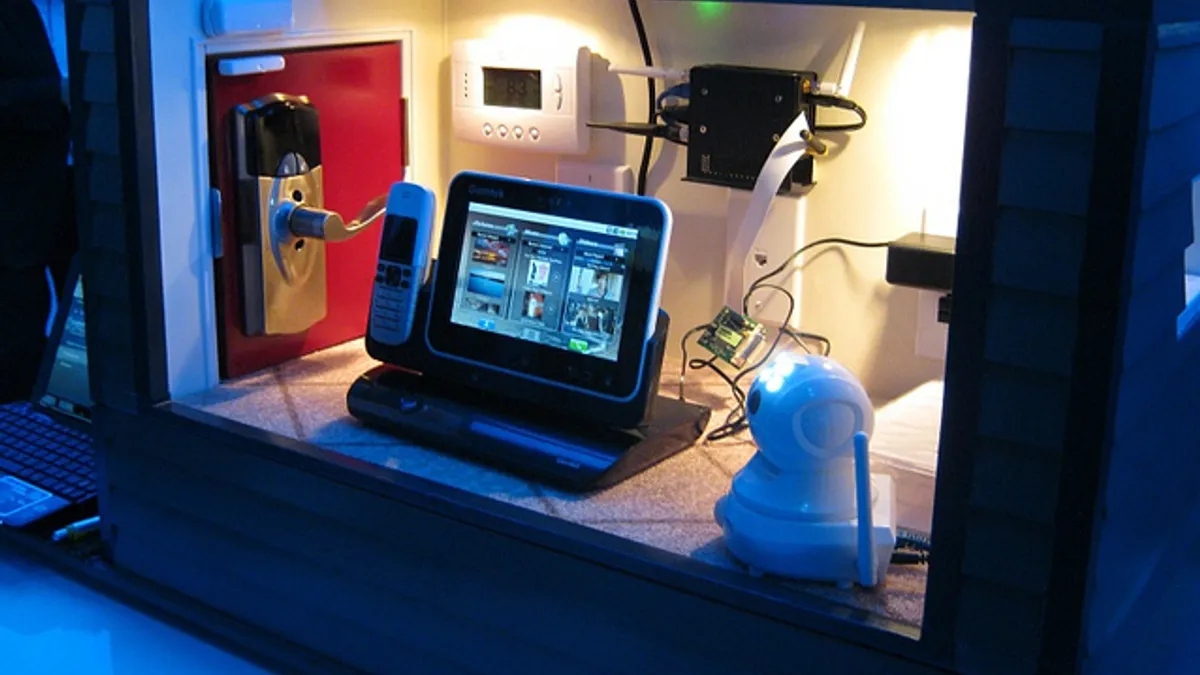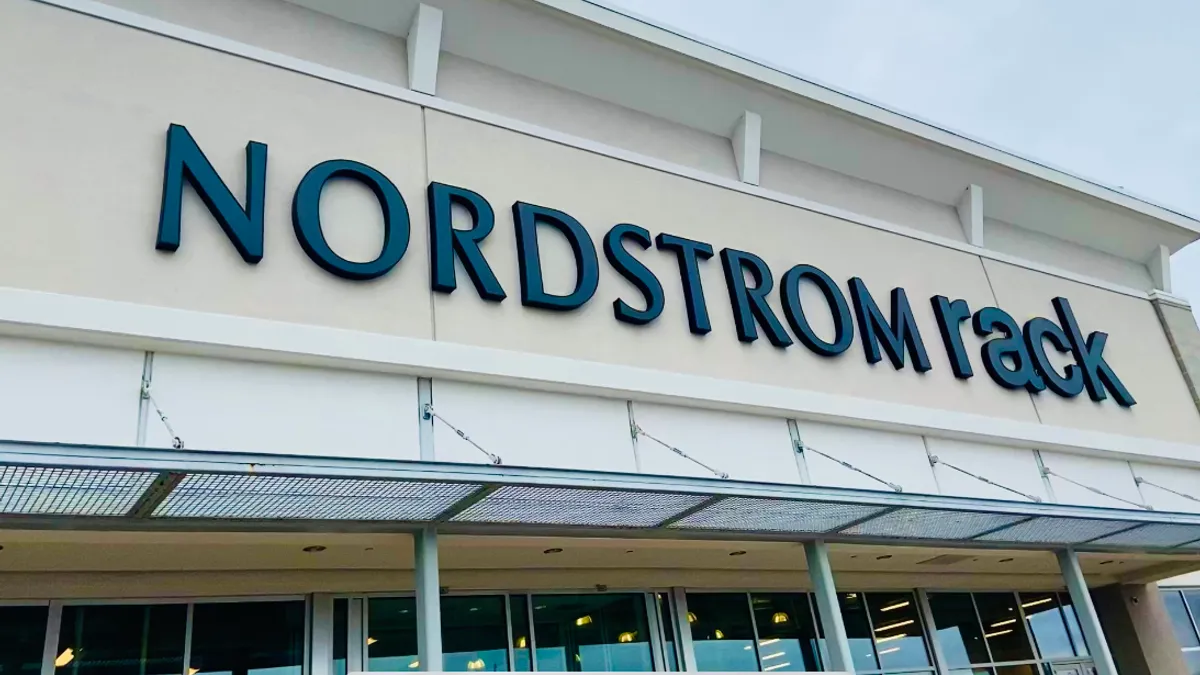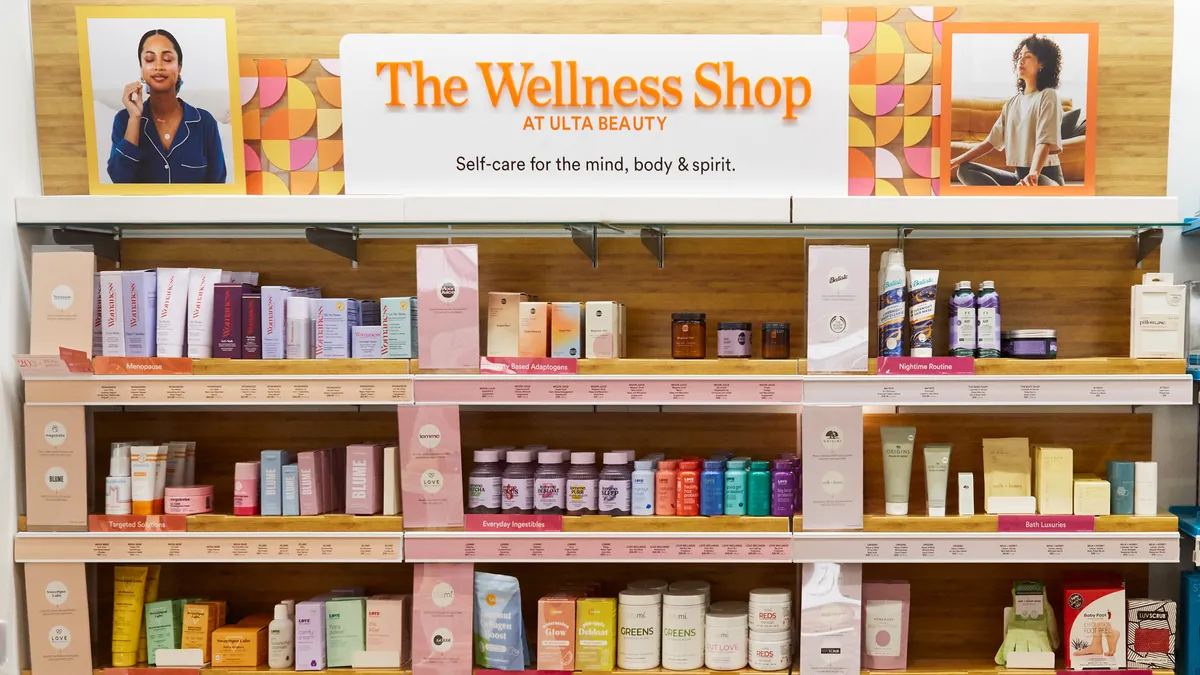“Smart” objects such as self-operating thermostats and self-driving cars may sound like science fiction. But many experts say these and other early possibilities suggested by the Internet of Things (IoT) are only a hint of what’s to come—and the massive amounts of consumer data they are set to collect.
Seen as the fifth wave of online technology that's emerging as the mobile and social revolution begins to peak and wind down, the IoT era will be marked not by people talking to each other using new technologies, but instead by machine-to-machine communication.
"Machines can and will chatter with each other at a level that a few billion people on Facebook can’t even begin to approach," James McQuivey, vice president of research and principal analyst at Forrester Research, said at the recent Internet Retailer Conference + Exhibition (IRCE) in Chicago.
'We are all early adopters now'
The Internet of Things is a symptom of two larger trends, McQuivey noted. “First, consumers are hyperadopting new technologies, and companies are engaging in digital disruption.”
“Hyperadoption is the rapid and simultaneous uptake of unprecedented behaviors,” he said, pointing to texting or talking on smartphones—things people didn't do much 10 years ago, but now embrace quickly. “If you think, ‘Oh, I’ll never need that,’” pointing to a slide depicting the Apple Watch, “get that out of your system.”
Forrester surveyed consumers about the Apple Watch upon its release for preorder in April, and 26%—representing about 50 million people in the United States—said they expect to own a smartwatch someday. What’s more, “8% want their next car to be a self-driving car, and they don’t even exist yet,” McQuivey said.
“This is a consumer base that has learned the lesson of the last 10 years: ‘New stuff is going to come out, and it’s going to benefit me,” he added. “We are all early adopters now.”
The economics of innovation
The reason new technologies are being adopted so quickly is that their creation is no longer limited to large companies and research universities. And that’s increasing the number of new ideas in the marketplace exponentially.
“The economics of providing what customers want is getting more favorable,” McQuivey said. “Many more people can participate, each of them operating at significantly lower cost than before. Multiply those two things together, and you get an explosion of ideas. This is what’s happening in every industry.”
The result for retailers is the proliferation of sensors, cameras, microphones, and gadgets such as the Apple Watch, all of which are set to capture the data that powers the Internet of Things. But it isn’t sensors that consumers are interested in, McQuivey said; they are looking for new purchase experiences.
“Do you want an Internet-connected refrigerator? No!” McQuivey said. “But do you want a service that solves a problem? Yes, you absolutely do. The trick is that in order to get those experiences and services, you need devices—and that’s exactly what the Internet of Things is going to enable.”
McQuivey described an IoT-linked vase that notifies a florist when the flowers are wilting, noting that the merchant of the future wouldn’t sell a consumer the vase; they would give it away to ensure they could refill it. “The relationship is the goal,” he said.
This example is reminiscent of Amazon's new Dash button that lets Prime members order household supplies with just the push of a button located in the home. While the button is only available on an invitation-only basis now, the device could offer Amazon a way to bypass retailers with the ability to stock items without going to the store or even going online.
Alternatively, a shopper might soon be able to put on virtual reality glasses, check out how a vase of flowers looks on an end table, and then order a vase and flowers by voicing their wants into a monitoring microphone. “At any moment you could say, ‘(Insert name of retail relationship here), send me toothpaste,’” McQuivey posited.
Tapping even bigger data
The data that IoT devices generate is going to be make today’s big data look like small potatoes.
“By 2020, the amount of data consumers give off will be 100 times what we have today,” he said. “You will know more about your customer, including data your customer never knew about themselves. That information is gold.”
Machine-to-machine communication could soon guess a consumer’s mood or whether they are in a hurry based on mobile usage, helping determine the best time to serve them an offer. Or Home Depot and Whirlpool might collaborate on a sensor that reports when a washing machine needs more detergent, service or replacement, McQuivey suggested.
Marketers won’t have much time to prepare for the onslaught of data, and should be prepared to move to the cloud to handle it. “Consumers will unleash this wave of data faster than you think, and you must digitally disrupt yourselves to ride this wave with them,” McQuivey said.
“But don’t just collect data to collect data; there has to be an analytics plan,” he added. “Right now, analytics are designed to push transactions, and that’s appropriate. The next layer of analytics will be about understanding your customer: What are their behaviors and the drivers of those behaviors, and how can we influence and participate in them?
“The big question mark is not what people want or what will people do with it. It’s, what will we do with that information so that we can anticipate our customer’s next need?”




















